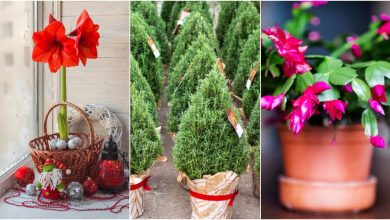Prune Hydrangeas: [Importance, Season, Tools, Considerations and Steps]
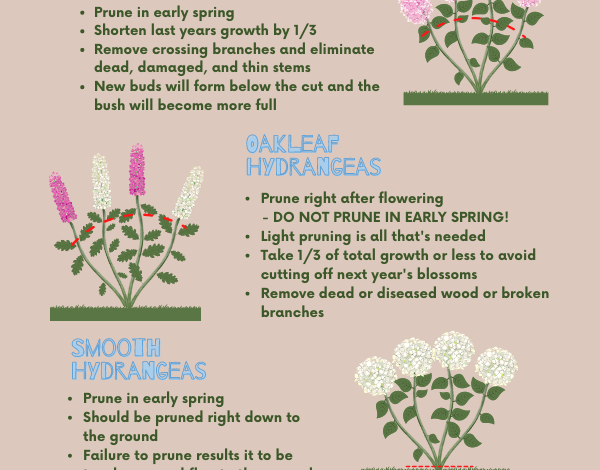
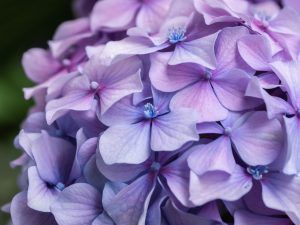 To get decorative results in your garden that are based on amazing hydrangeas, you need to pay attention to the pruning process.
To get decorative results in your garden that are based on amazing hydrangeas, you need to pay attention to the pruning process.
Far from what you may think right off the bat, it is not something very complicated, but it is necessary to follow a structure of steps for better results.
We summarize each one of them in this article that will serve as a guide and source of reference whenever you require it. So take advantage of the data, write down if you need it and get down to work at once. Shall we start?
Why prune hydrangeas?
Pruning hydrangeas is an action that directly influences the health of the plant. Firstly because through it the parts in poor condition are eliminated, but also because it is essential for the control of its structure.
Hydrangeas can develop very long branches that could seriously affect it, since it is not capable of supporting excessive weight.

The irremediable conclusion that it will have is that the branches break and the plant loses the balance and vigor that you like so much. This is the main reason why pruning symbolizes one of the most outstanding care in this species.
When is it better to carry out hydrangea pruning?
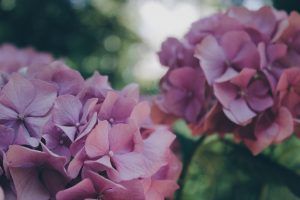 As in most cases that correspond to flowering plants, it is best to wait until the beginning of spring to prune.
As in most cases that correspond to flowering plants, it is best to wait until the beginning of spring to prune.
If you live in an area where winters are very cold and frosts are common, remember to wait until the chances of a late freeze pass.
What tools should we use when pruning hydrangeas?
For pruning hydrangeas the key tool is garden pruning shears. This must have a good edge so that the cuts are made in a single procedure and that there are no chipped parts.

Correct disinfection is also key and for this it is recommended to use pharmacy alcohol and clean all parts. As a personal protection strategy, it is recommended to use protective gloves and goggles.
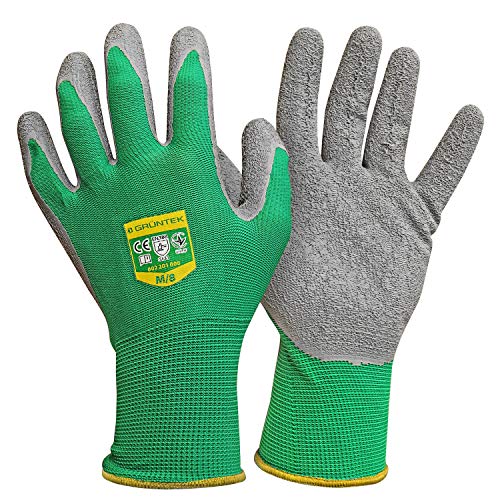
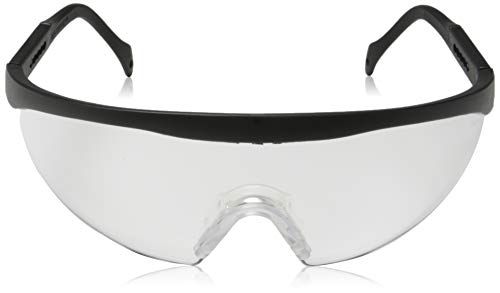
What considerations should we take into account when pruning hydrangeas?
Knowledge of the general structure of the hydrangea plant is essential to proceed with this task safely. Hydrangea plants have three key areas that are taken into consideration at the time of pruning. These are:
- The branches with a woody structure because they are the oldest and do not have the opportunity to flower. They are capable of subtracting a lot of energy from the plant and interfering with the development of the buds that will offer flowering. Therefore, they must be eliminated.
- The young branches are those that do not have a woody structure and that cause a positive impact on the structure of the plant. The normal thing is to reduce its size to half its length in each pruning.
- The suckers, unlike other species, in this case are essential because it is precisely from them that the plant will be able to produce flowers. Therefore, they must be allowed to develop.

How to prune hydrangeas without damaging the plant?
To advance with confidence in pruning hydrangeas, it is best to comply with the following steps:
- Make a simple maintenance as soon as the flowering ends. This includes removing flowers that have wilted and other sections that look in poor condition. At this point the pruning is very light and is only done in order not to leave entry points for pests or diseases with those defective areas.
- Cut the branches that are longest when spring begins. The idea is that they remain at half their length so that they grow back throughout the cycle.
- Eliminate or reduce in the proper proportion those branches that are causing structural problems, whether they are entangled or colliding with each other. When the branches are in these conditions they affect the air flow inside the plant.
- Lighten the center of the plant if necessary by cutting some other branches for better ventilation and sunlight flow.
- Reduce the rest of the branches if necessary. However, do not exaggerate with this point because the hydrangea needs a base from which to develop the flowers and support their weight.

When pruning, take into account that the fewer branches, the flowers will also be fewer but with better characteristics. On the contrary, when there are more buds, the flowers will be more numerous but they will surely have a smaller size.
It is recommended that at the end of the pruning you apply a little special fertilizer for hydrangeas to help it recover. This way you will have much more security that in the corresponding time you will enjoy very beautiful blooms.
Maybe you are also interested in:

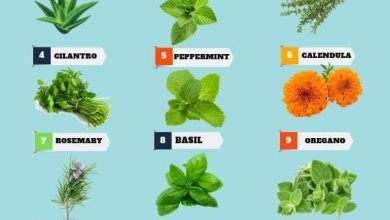
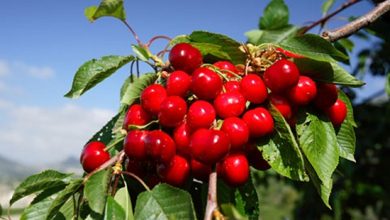
![Photo of Complete Guide to Grow Moringa: [Steps to Follow + Images]](https://www.complete-gardening.com/wp-content/uploads/2022/08/complete-guide-to-grow-moringa-steps-to-follow-images-390x220.jpg)
